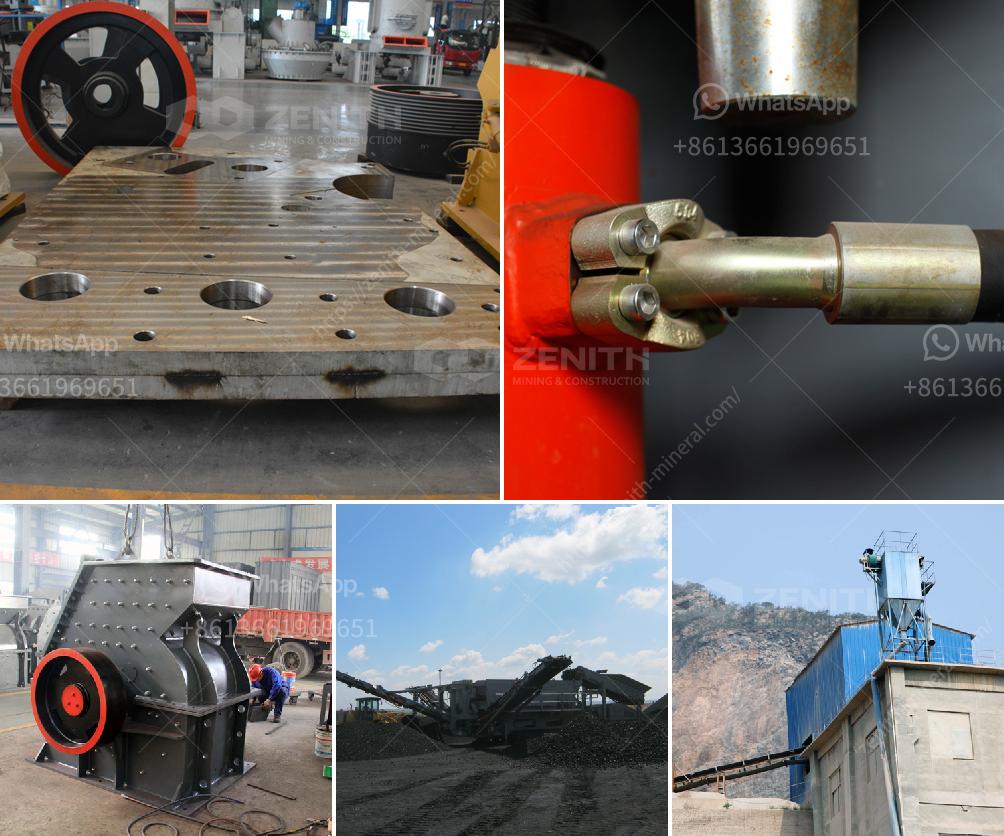Calculating the amount of dust generated by a stone crusher involves understanding various factors and using appropriate methods to estimate the emissions. Here’s a simplified guide to help you get started:
Step-by-Step Guide
-
Identify the Variables:
- Material Properties: Type of stone being crushed, particle size, moisture content.
- Crusher Specifications: Type of crusher (e.g., jaw, gyratory, cone, impact) and its operational parameters.
- Throughput: The amount of material processed by the crusher (usually in tons per hour).
-
Estimate Dust Generation:
-
Use Environmental Guidelines and Standards:
- Refer to environmental regulations and standards specific to your region (e.g., EPA AP-42 for the U.S.) to find the appropriate dust emission factors for different types of stone crushers.
-
Perform Measurements (if possible):
- For a more accurate estimation, direct measurements can be made using dust monitoring equipment around the crusher during operation.
-
Consider Control Measures:
- Evaluate the efficiency of dust control measures in place, such as water sprays, extraction and filtration systems, and enclosures. Adjustments in the calculation may be necessary to account for these.
Example Calculation:
- Assume a throughput of 100 tons per hour.
- Using an emission factor from EPA AP-42:
Dust Emission Factor = 0.15 kg dust/ton of material processed
- Calculate the dust produced per hour:
Dust (kg/hr) = 100 tons/hr * 0.15 kg/ton = 15 kg/hr
Important Points to Note:
- This is a simplified approach; actual conditions and results may vary.
- Consult environmental guidelines specific to your region for more accurate emission factors.
- Consider professional help for setting up proper monitoring and estimation methodologies if the operation is large scale or if accuracy is critical for compliance purposes.
By following these steps, you can get a rough estimate of dust production from a stone crusher, but always check region-specific guidelines and best practices for precise calculations and compliance.

